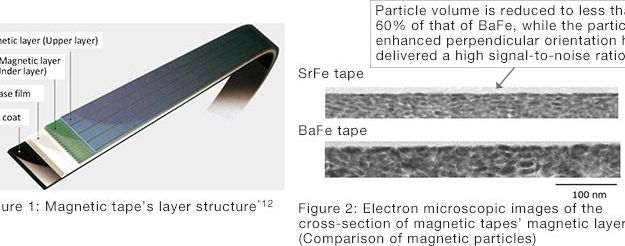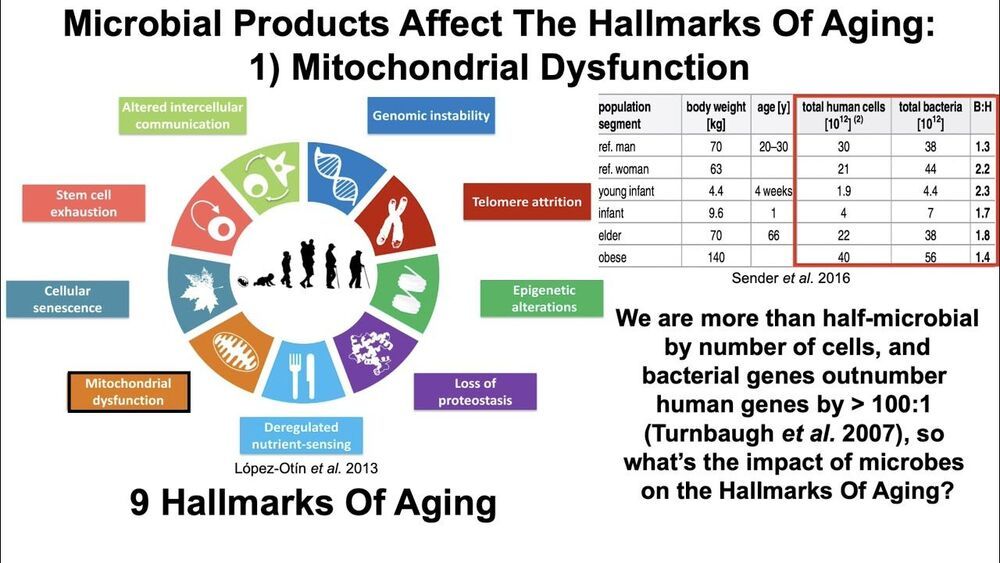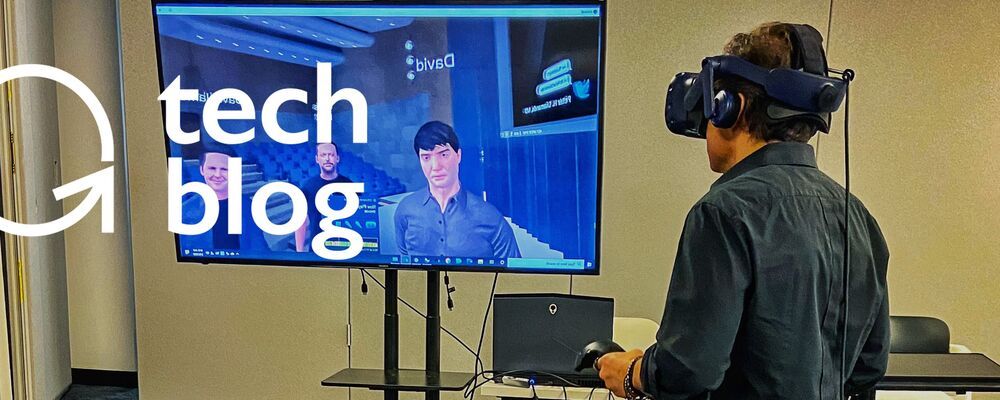Dec 27, 2020
Fujifilm develops technology to deliver the world’s highest 580TB storage capacity for magnetic tapes using strontium ferrite (SrFe) magnetic particles
Posted by Brent Ellman in categories: cybercrime/malcode, information science, particle physics
“FUJIFILM Corporation (President: Kenji Sukeno) is pleased to announce that it has achieved the world’s record 317 Gbpsi recording density with magnetic tapes using a new magnetic particle called Strontium Ferrite (SrFe)*4. The record was achieved in tape running test, conducted jointly with IBM Research. This represents the development of epoch-making technology that can produce data cartridges with the capacity of 580TB (terabytes), approximately 50 times greater than the capacity of current cartridges*5. The capacity of 580TB is enough to store data equivalent to 120000 DVDs.”
TOKYO, December 162020 — FUJIFILM Corporation (President: Kenji Sukeno) is pleased to announce that it has achieved the world’s record 317 Gbpsi recording density with magnetic tapes using a new magnetic particle called Strontium Ferrite (SrFe) *4. The record was achieved in tape running test, conducted jointly with IBM Research. This represents the development of epoch-making technology that can produce data cartridges with the capacity of 580TB (terabytes), approximately 50 times greater than the capacity of current cartridges *5. The capacity of 580TB is enough to store data equivalent to 120000 DVDs.
SrFe is a magnetic material that has very high magnetic properties and is stable to maintain high performance even when processed into fine particles. It is widely used as a raw material for producing magnets for motors. Fujifilm has applied its proprietary technology to successfully develop ultra-fine SrFe magnetic particles, which can be used as a magnetic material for producing particulate magnetic tape media for data storage. The company has been conducting R&D for commercial use of SrFe magnetic particles as potential replacement of Barium Ferrite (BaFe) magnetic particles, currently used in magnetic tape data storage media. Magnetic tapes used in this test have been produced at the company’s existing coating facility, confirming the ability to support mass production and commercialization.


















